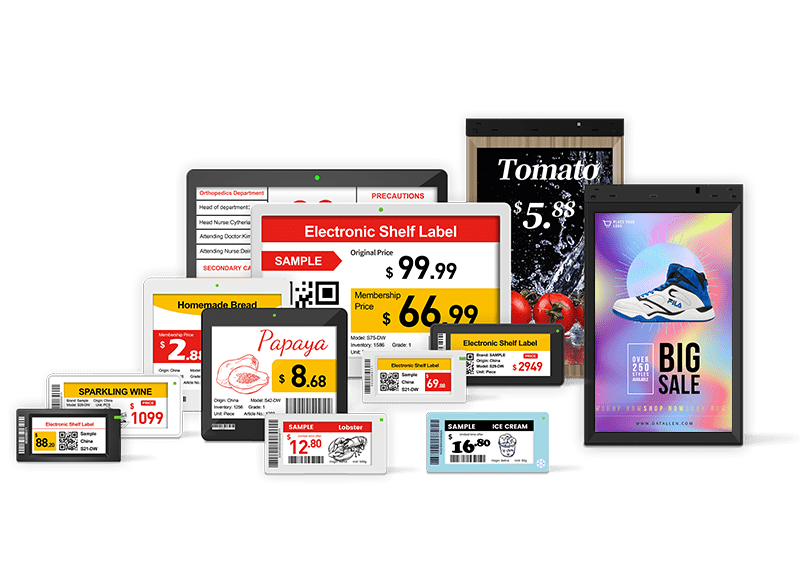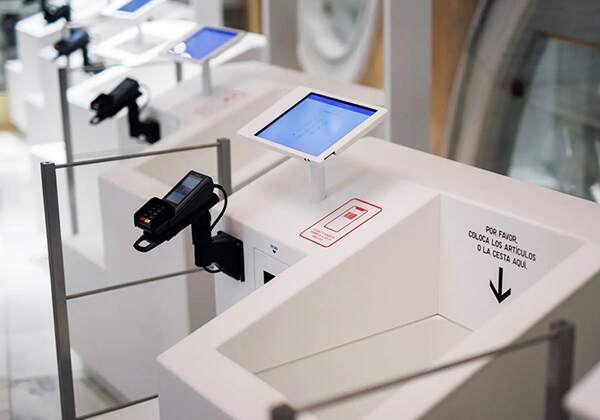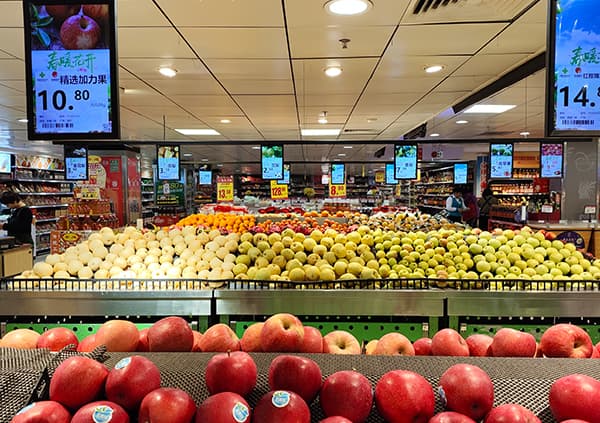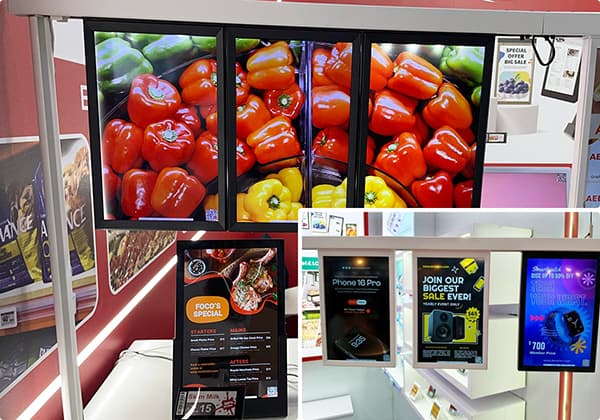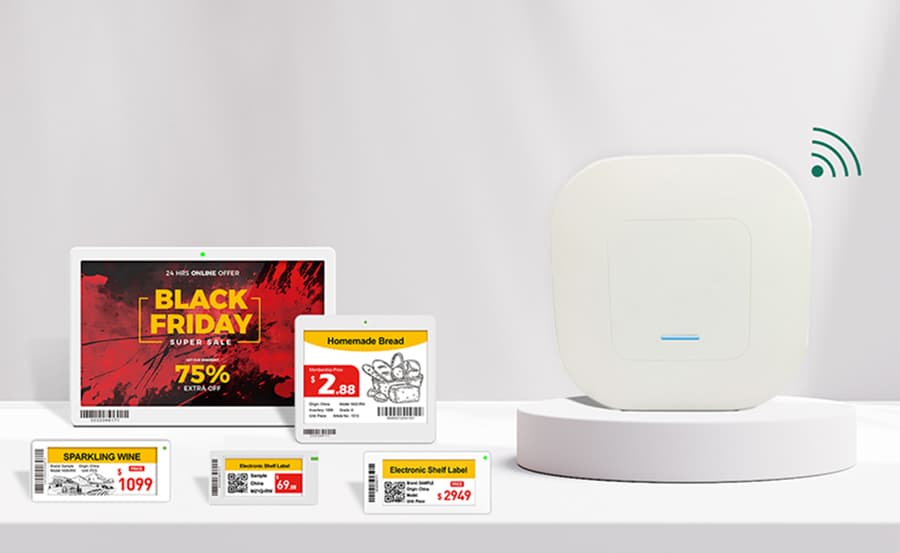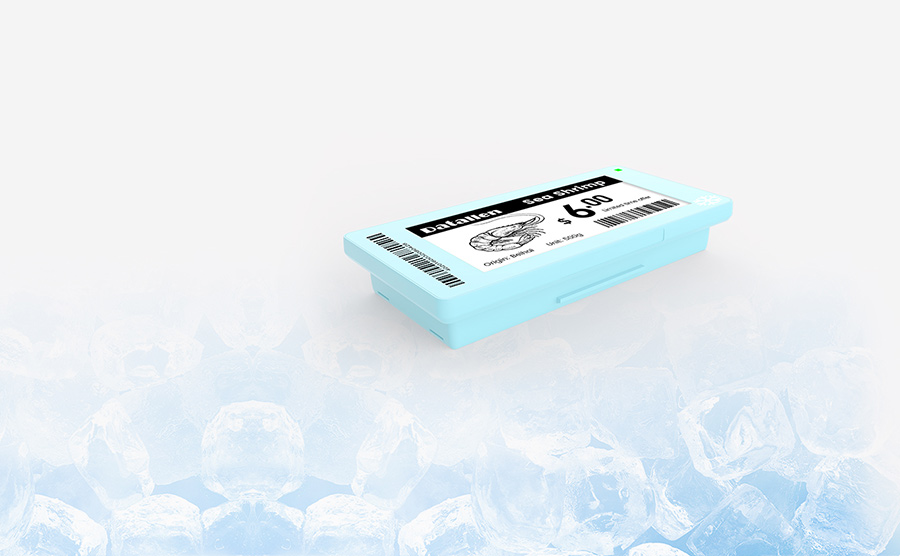The evolution of deli (دلي) displays has moved far beyond basic glass cases. The most successful delis now create immersive environments where lighting, layout, labeling, and interactive elements work in harmony to showcase products at their best while operating efficiently behind the scenes.
The Foundation of Effective Deli Displays
Before exploring specific ideas, it's crucial to understand the core principles that make deli displays effective. Regardless of your deli's size or style, these fundamental elements should guide your display decisions:
- Visual Accessibility: Customers should easily see products from multiple angles
- Freshness Signaling: Display techniques must communicate product quality and freshness
- Strategic Organization: Logical grouping of complementary items encourages additional purchases
- Hygiene and Maintenance: Easy-to-clean surfaces and proper temperature control are non-negotiable
- Brand Consistency: Display style should reflect your deli's overall brand identity
Creative Deli Display Ideas to Transform Your Space
1. Strategic Vertical Display Systems
Maximize your limited deli space by thinking vertically. Install multi-tier shelves within your display cases to create depth and variety. Use taller platforms at the back, gradually stepping down toward the front—this ensures every product remains visible, not just those in front.
Consider installing hanging racks above your service counter for packaged goods like artisanal crackers, specialty oils, or dried meats. This not only increases your display capacity but also draws the eye upward, making the space feel larger and more dynamic.
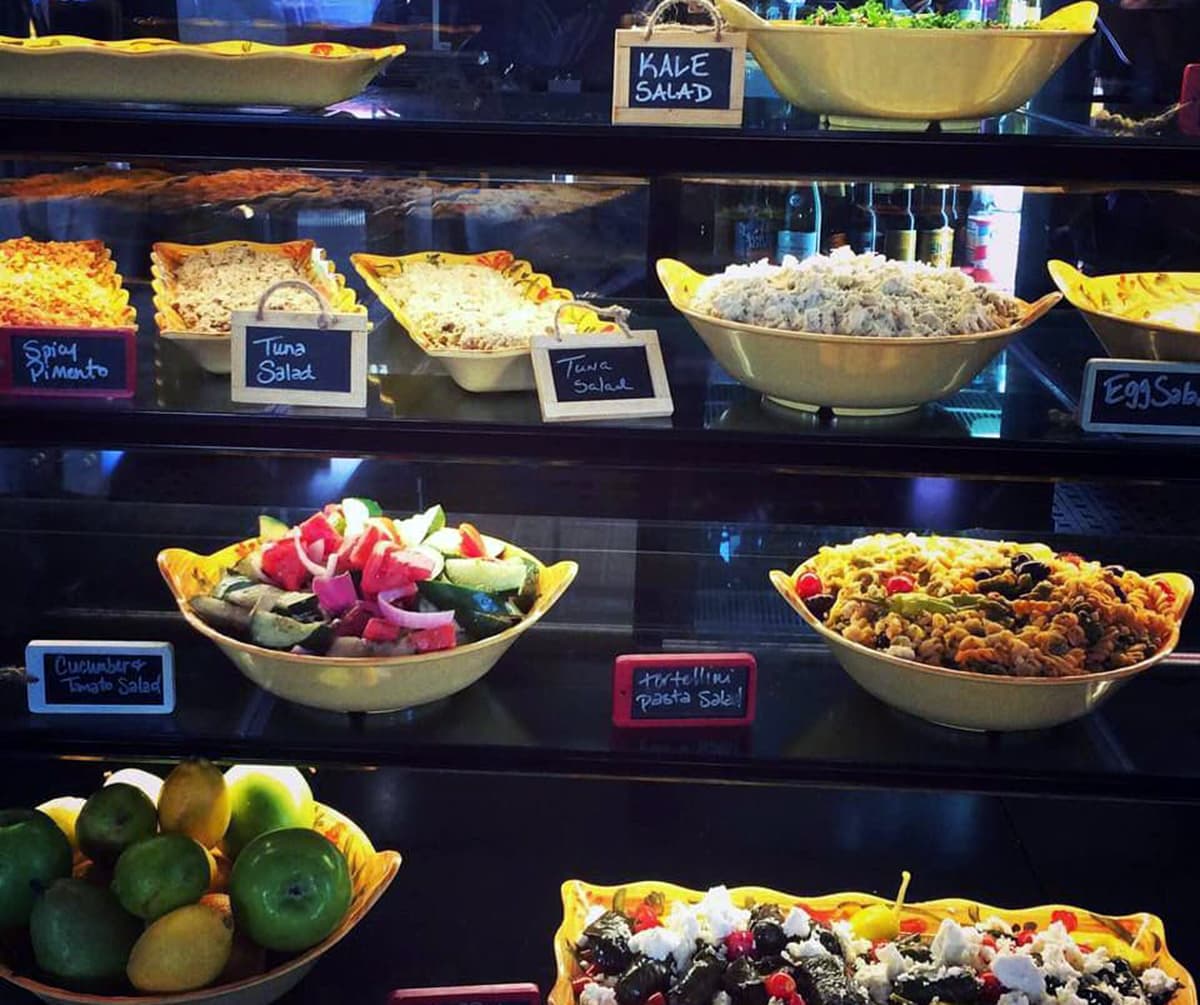
2. Interactive and Educational Displays
Modern consumers, especially younger demographics, crave interaction and education. Create small signage that tells the story of your products—their origin, production methods, or unique characteristics. Consider incorporating QR codes that customers can scan to learn more detailed information or even see video footage of how products are made.
For cheeses, implement a "tasting wheel" display that suggests flavor profiles and pairing recommendations. This not only educates customers but also naturally guides them toward purchasing complementary items like specific wines, crackers, or fruits.
3. Seasonal and Thematic Merchandising
Regularly refresh your deli displays to reflect seasons, holidays, and local events. An autumn harvest display might feature rustic wooden crates filled with seasonal cheeses, sausages, and accompaniments like fig jam and honey. In spring, transition to lighter colors and brighter arrangements featuring fresh herbs and vegetable-based accompaniments.
These thematic transformations create reasons for customers to return regularly to see what's new. The perception of constant freshness and seasonal relevance encourages repeat visits and social media sharing.
4. Integrated Digital Elements
Blend traditional display methods with modern technology. Small digital screens strategically placed within or beside display cases can showcase product information, pricing, origin stories, or even preparation suggestions. According to display industry trends, LCD commercial displays are increasingly integrating AI algorithms and environmental sensors that automatically adjust brightness and content based on ambient conditions and customer traffic patterns.
For example, during slower hours, screens might show detailed product information and recipes, while during rush periods, they might switch to simplified messaging and faster-moving visuals.
5. Smart Labeling with Electronic Shelf Labels
Modern electronic price tags have evolved far beyond simple price display. Today's advanced systems, like those offered by Datallen, can transform how you manage and present product information. These electronic shelf labels are particularly valuable for delis dealing with frequent price changes, daily specials, and limited-time offers. Staff can update prices instantly from a smartphone or tablet, ensuring customers always see accurate information without the need for physical label changes.
The best ESL systems support multi-color displays (black, white, red, and yellow), allowing for eye-catching promotional highlighting and categorization that would be cumbersome with paper labels.
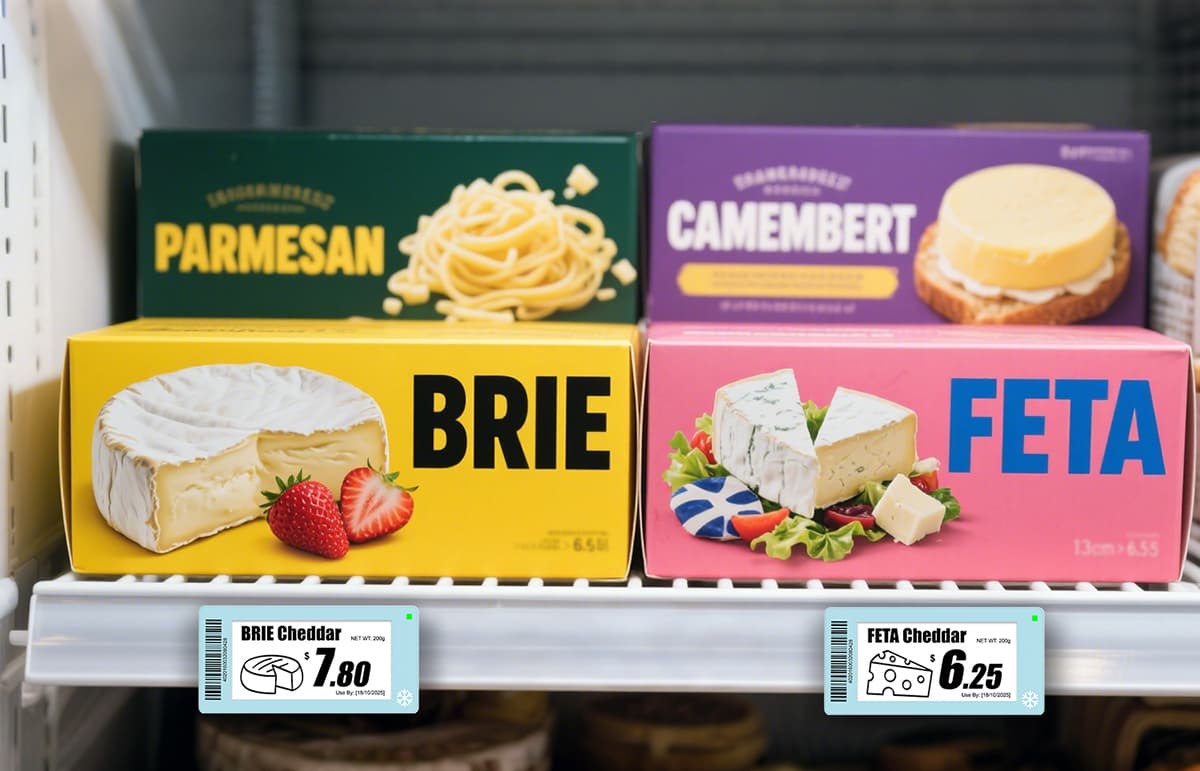
6. Atmospheric Lighting Techniques
Lighting represents one of the most powerful yet underutilized elements in deli displays. Strategic lighting goes beyond basic illumination—it creates mood, highlights specific products, and makes food appear more appealing.
Implement LED lighting systems with adjustable color temperatures. cooler tones (5000-6500K) can make fresh salads and dairy products appear crisper and fresher, while warmer tones (2700-3000K) enhance the richness of roasted meats and baked goods.
Consider installing mini-spotlights within cases to draw attention to featured or high-margin items. The subtle contrast created by highlighting specific products while leaving others in slightly softer light creates visual interest and guides customer attention.
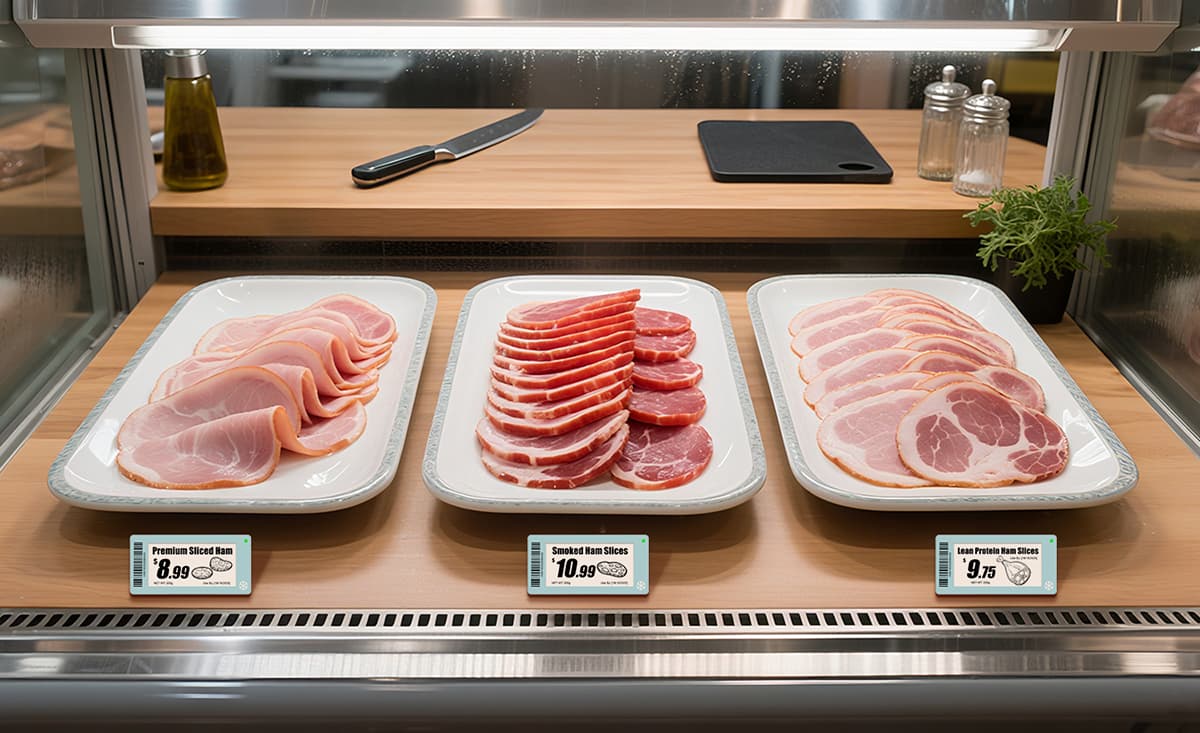
7. Modular and Flexible Display Components
Rigid, permanent display structures limit your ability to adapt and refresh your space. Instead, invest in modular display components that can be rearranged as needed. Interlocking crates, stackable platforms, and adjustable shelving allow you to completely transform your display layout with minimal effort.
This approach enables you to quickly create feature zones for specific product categories, promotional items, or seasonal offerings. The flexibility also makes cleaning more thorough, as components can be broken down and accessed from all angles.
Integrating Technology: The Electronic Advantage
Modern deli displays smartly incorporate technology to enhance both customer experience and operational efficiency. Electronic shelf labels represent a significant advancement in this area.
Why Electronic Shelf Labels Are Revolutionizing Deli Displays
Traditional paper labels create numerous challenges for delis: constant reprinting due to price changes, inconsistencies during promotion periods, and the labor-intensive process of manual updates. Electronic shelf labels solve these problems while adding new capabilities:
- Real-time price updates: Change prices across your entire deli instantly from a central system
- Promotional timing: Program labels to automatically switch between regular and promotional pricing at predetermined times
- Multi-lingual support: Use different languages to serve diverse customer bases
- Inventory integration: Display stock levels or limited availability warnings
- QR code capabilities: Allow customers to scan for nutritional information, recipes, or ordering
Companies like Datallen have developed ESL systems specifically designed for food service environments, with IP67 ratings for protection against moisture and dust—crucial for deli environments where cleaning is frequent and exposure to moisture is common.
The return on investment for electronic shelf labels typically comes from reduced labor hours spent changing labels, eliminated printing costs, prevented pricing errors, and the increased sales that come from accurate, professional-looking product information.
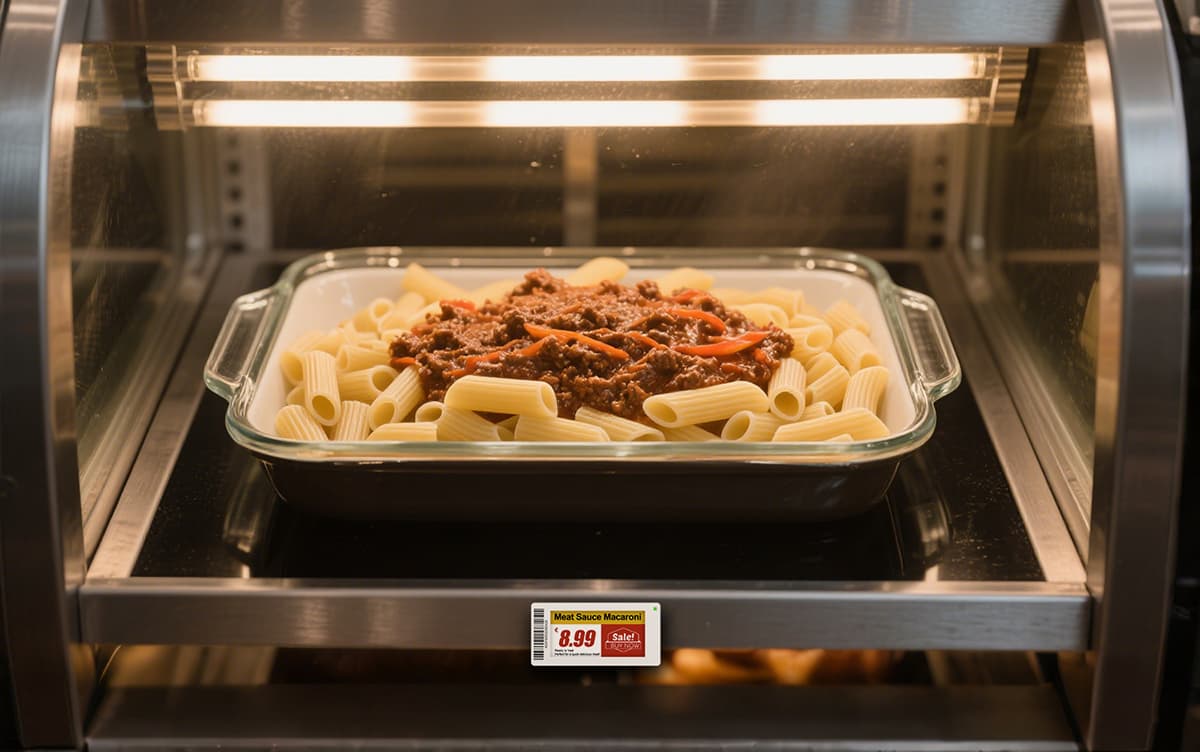
Deli Display Case Innovations
Your display cases represent the centerpiece of your deli presentation. Modern options offer significant improvements over traditional models:
Glass-front Refrigeration Units
Today's advanced deli cases feature double-paned glass with low-emissivity coatings that maintain interior temperatures while reducing condensation and improving visibility. LED lighting integrated within the glass framework provides brilliant illumination without heat transfer that could compromise interior temperatures.
Multi-zone Temperature Cases
Different deli products require different temperature environments. Modern cases can incorporate multiple climate zones within a single unit—perhaps a cooler section for dairy products and a slightly warmer section for prepared foods that shouldn't be served ice-cold.
Open-air Chill Walls
For markets wanting to create a more accessible, engaging experience, open chill walls use precisely directed cold air curtains to maintain temperatures while removing physical barriers between customers and products. These create a more theatrical presentation and reduce the perceived separation between customer and product.
Answering Common Deli Display Questions
1. What are the best materials for deli display cases?
Selecting the right materials for your deli display case impacts both aesthetics and functionality:
-Glass: Traditional choice offering excellent visibility and a clean, professional appearance. Tempered glass provides durability and safety. Glass works well in both classic and modern deli settings and is easy to keep clean and hygienic.
-Stainless Steel: The industry standard for frames and structural components due to its durability, corrosion resistance, and professional appearance. Stainless steel is non-porous, making it ideal for food contact areas where hygiene is paramount. It withstands frequent cleaning with harsh chemicals.
-Acrylic: A lighter, more shatter-resistant alternative to glass, though more prone to scratching. Acrylic works well for decorative elements, dividers, or specialty displays where weight is a concern. Modern coatings can improve its scratch resistance.
-Wood: Provides warmth and traditional appeal, perfect for artisanal or specialty delis. Wood requires special sealants or protective coatings (like those described in patents) to resist moisture, corrosion, and cracking. Wood elements should be limited to non-food-contact surfaces for easier maintenance.
The best deli displays often combine materials—stainless steel for frames and food contact areas, glass for visibility, and wood for decorative elements that add warmth and character.

2. How can we keep deli displays fresh and well-organized?
Maintaining fresh and organized displays requires both daily practices and ongoing maintenance:
Daily Practices:
- Implement first-in, first-out (FIFO) rotation to ensure product freshness
- Conduct frequent temperature checks of refrigeration units (0-4°C for cold items, above 60°C for hot holding)
-Clean display surfaces and glass throughout the day to maintain visibility and hygiene
-Refresh product arrangements every 2-3 hours to maintain fullness and appearance
- Use green vegetable garnishes to enhance visual appeal and suggest freshness
3. Maintenance Routines:
-Perform daily deep cleaning of all display cases and utensils
-Regularly inspect and maintain refrigeration systems to prevent temperature fluctuations
-Monitor lighting performance and replace dim or flickering bulbs promptly
-Check and maintain door seals on refrigerated cases to ensure proper temperature maintenance
-Establish a preventive maintenance schedule for all display equipment
4. How often should we update our deli displays?
Regular refreshment keeps your deli looking dynamic and fresh. Implement a weekly refresh schedule for minor adjustments and product rotations. Plan major thematic overhauls quarterly to align with seasonal changes. Always refresh displays whenever they appear less than full or products seem depleted—half-empty displays suggest limited selection or lack of freshness.
5. What's the optimal height for deli display cases?
Standard deli cases typically stand between 34-38 inches tall—low enough for customers to see over but high enough to contain ample product. The depth should not exceed 36 inches to ensure staff can easily reach the back of the case. For standing displays, the prime visual zone is between waist and eye level (approximately 36-60 inches from the floor).
6. How can we make our deli displays more sustainable?
Focus on energy-efficient lighting and refrigeration systems, which significantly reduce energy consumption. Implement reusable display components rather than single-use materials. Companies like Datallen offer electronic shelf labels with 5-7 year battery life and recyclable components, dramatically reducing the waste generated by traditional paper labels.
7. Are digital elements worth the investment in deli displays?
Strategic digital integration typically provides excellent returns. Electronic shelf labels often pay for themselves within 12-18 months through reduced labor and material costs plus improved pricing accuracy. Digital signage has been shown to increase promotional lift by 15-30% compared to static signage alone. Start with focused implementations in high-impact areas before expanding throughout your deli.
8. How can we effectively merchandise smaller deli spaces?
Focus on density and diversity within compact footprints. Use vertical space aggressively with multi-level displays. Implement modular components that can be rearranged to create variety without additional square footage. Light-colored finishes and strategic lighting can make small spaces feel larger and more open. Finally, maintain excellent organization—clutter appears more pronounced in limited spaces.
Implementing Your Deli Display Transformation
A successful deli display upgrade follows a systematic approach:
1. Assessment: Audit current displays for strengths, weaknesses, and opportunities
2. Prioritization: Identify quick wins versus larger investments
3. Phased Implementation: Roll out changes gradually to minimize disruption
4. Staff Training: Ensure team understands the rationale behind new displays
5. Evaluation: Monitor sales data and customer feedback to refine approaches
Begin with small, high-impact changes like improved lighting or electronic labels before undertaking major case renovations. Track key metrics including sales per square foot, product turnover rates, and customer comments about your displays.
The Future of Deli Displays
Emerging technologies will continue to shape deli displays in the coming years. Augmented reality interfaces may allow customers to point their phones at products to see detailed information, preparation ideas, or even source verification. Advanced sensors will better monitor product freshness and automatically update labels with time-sensitive pricing as products approach expiration dates.
Sustainable technologies will become increasingly important, with more delis adopting solar-powered displays, biodegradable materials, and closed-loop cooling systems that minimize environmental impact.
Regardless of technological advances, the fundamental purpose of deli displays remains constant: to showcase your products in their best light while making the selection and purchasing process effortless and enjoyable for customers.
By embracing both timeless display principles and innovative technologies, your deli can create shopping experiences that delight customers, drive sales, and build lasting loyalty in an increasingly competitive market.
For more insights, check out:
1. The Ultimate Guide to Beauty Boutique/Mart Display
2. Home Appliance Store Display Designs That Win in a Competitive Retail Market
3. Electronic Labels vs. Manual Tags: Cost & Efficiency Analysis for Modern Retailers
4. Smart Shelf Technology-The Future of Inventory, Efficiency, and Green Retailing
5. High Fashion Furniture Store Display Ideas Powered by Electronic Paper Display

